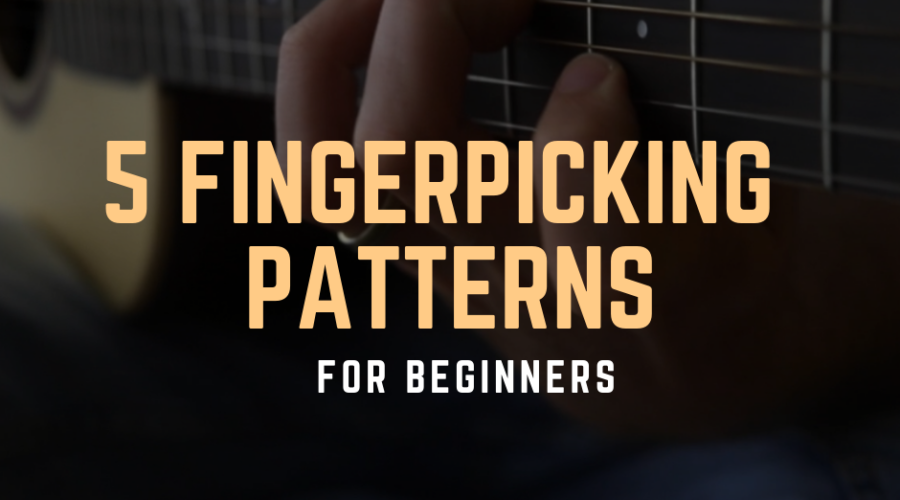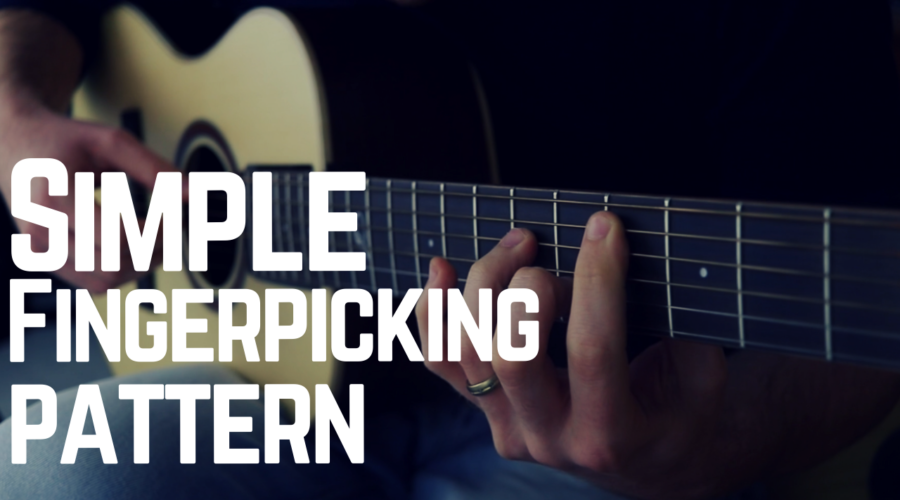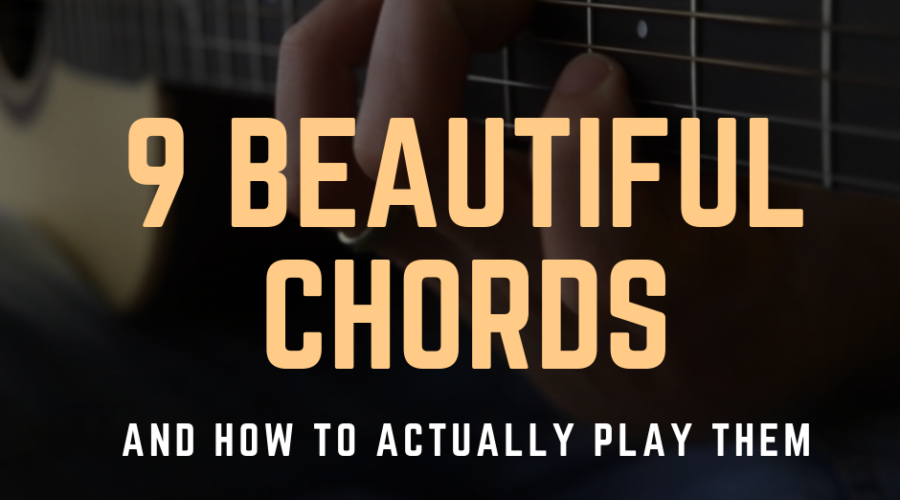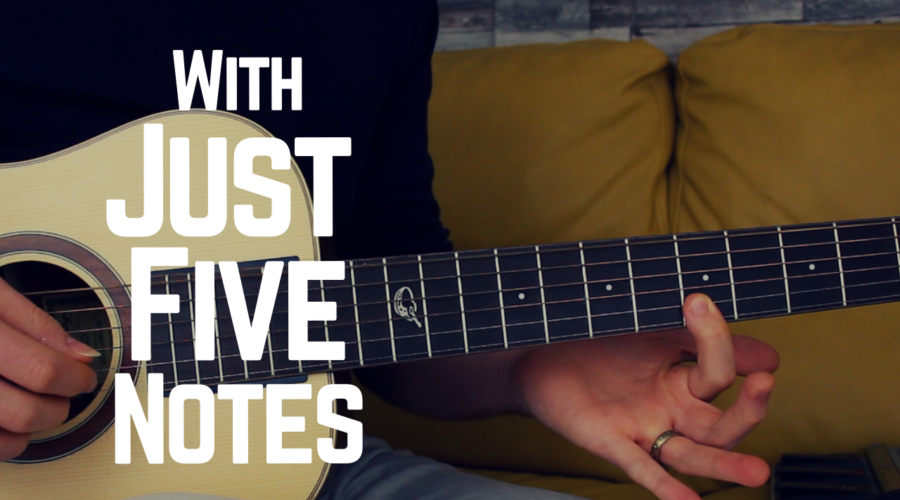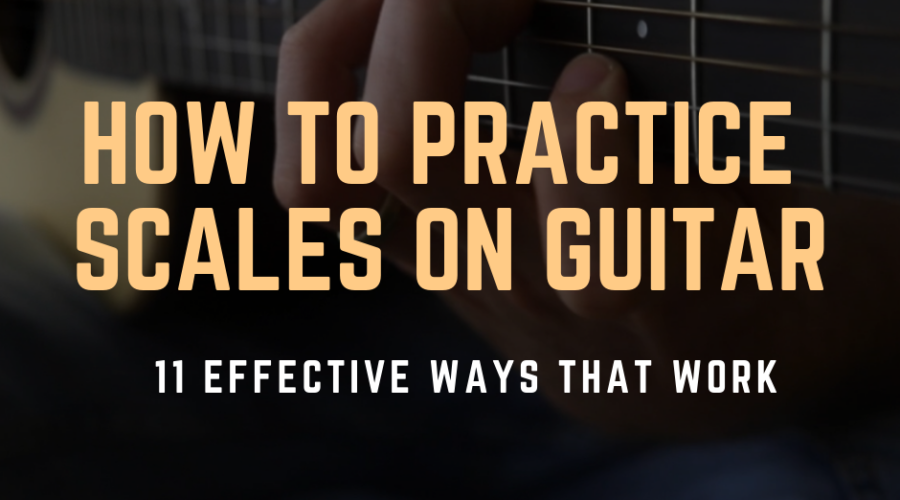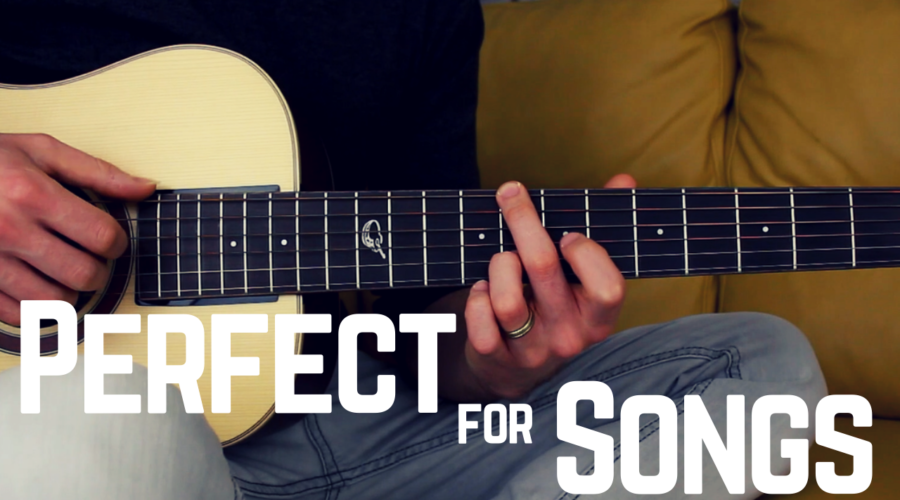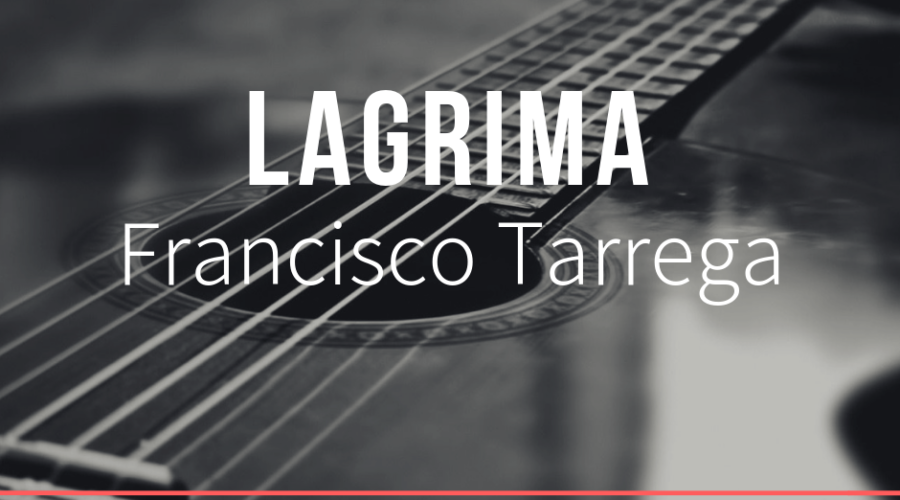One of the questions I get asked the most is “Marco, How should I practice scales on guitar?” Because there are so many different scales and shapes, how do you know which guitar scale should you learn first? And most importantly, how much time should you spend practicing scales on guitar?
To effectively practice scales on the guitar commit to play each scale for at least 10 minutes a day. You should learn no more than two scales at a time. Practice each scale in one position of the guitar neck before moving on to more complex type of scales.
There are eleven steps you should follow to learn how to practice scales on the guitar.
- 1. Practice scales for at least 10 minutes every time you exercise.
- 2. Start by learning the chromatic scale.
- 3. One octave scale
- 4. Practice the scales vertically
- 5. Practice the scales with different rhythmic patterns.
- 6. Practice the scales horizontally.
- 7. Play the scales with triplets.
- 8. Symmetrical pattern
- 9. Scales in Thirds
- 10 Scales in Sixth
- 11. The Melodic Minor Scale
1. Practice Scales for at Least 10 Minutes
If your goal is to learn how to practice scales on guitar the very first step is about making sure you are committed. Make scales a priority and practice them for at least 10 minutes every time you play the guitar.
I highly recommend that you play scales with a metronome.
Practicing with a metronome helps you track your results. Start with a low speed and focus on playing each note correctly. Increase the speed when you can play the scale without making mistakes.
Focus on tone and dynamics. Even scales deserve to sound beautiful so make sure you pluck the strings smoothly for better tone and plucking control.
It can be frustrating at first, but with commitment and consistency, you will become a better guitar player.
Before We Get Started
There are a few terms you should learn before we get started.
Learning these musical terms is of paramount importance because you can’t improve something if you don’t know how to name it!
Here are some of the terms we will be using a lot:
- Scale: A scale is a progression of notes. The most popular scales are the Major scale, Minor scale, Hamonic Minor scale, and Melodic Minor scale.
- Intervals: An interval is a distance between two note. The root note and the next note we play. The two most essential intervals you must learn are the Semitone (also called half-step or just H) and the Tone (also called whole-step or W).
- Interval scales: An interval scale is a scale played with two notes. The most popular is the scale in 3rd and 6th.
- Measure: The space between two vertical lines in which we write the notes.
- Triplets: A triplet is a set of three notes played in one beat. It is usually indicated with a number 3 on top of the three notes.
- Chromatism: Any piece of scale that we play between two frets is called chromatism. You will learn more about it in the Chromatic scale section.
2. Start by Learning the Chromatic Scale
The chromatic scale is the musical scale that includes all the twelve notes available in music. This scale is also called the half-step scale because of its interval constructions.
Each note of the chromatic scale is a half step (or a semitone) from the next one. On the guitar, a semitone is a distance between one fret.
If we play the chromatic scale in C, we will have the following notes: C C# D D# E F F# G G# A A# B C.
There are only twelve pitches due to the natural semitone between E-F and B-C.
- C – C# = Semitone.
- C# – D = Semitone.
- D – D# = Semitone.
- D# – E = Semitone.
- E – F = Natural semitone.
- F to F# = Semitone.
- F# to G= Semitone.
- G to G# = Semitone.
- G# – A = Semitone.
- A – A# = Semitone.
- A# – B = Semitone.
- B – C = Natural semitone
IMPORTANT: There are different ways of naming these intervals. The Semitone is also called Half-step or just “H.” The Tone can also be called Whole-step or just “W.” We will refer to W and H when we talk about the Harmonic Minor Scale.

How to Practice the Chromatic Scale on Guitar?
The chromatic scale is one of the best guitar technique-building exercises.
Its symmetrical shape makes it easy to create many finger patterns that you can practice to develop speed, control, timing, stretch, and accuracy.
Let me show you how the chromatic scale looks like on the guitar fretboard.
Chromatic Scale Ex.1 – The Basic Chromatic scale Pattern.
In this very first exercise, play the chromatic scale in the first position of the guitar neck.
With the left hand play the 1st fret with the finger 1, the 2nd fret with finger 2, the 3rd fret with the finger 3 and the 4th fret with the finger 4.
Pluck the strings by alternating index and middle finger. You can also pick the strings with a guitar pick if you prefer.

Chromatic Scale Ex.2 – The One String Chromatic Pattern
Let’s find a more interesting way to play the practice the chromatic scale.
With the one string chromatic pattern, we play the chromatic scale on one string up and down the neck.
This exercise is extremely beneficial for fingers stretch and finger dexterity.
There are a few points you MUST follow when practicing this exercise.
- Follow the numbers on top of the music score for the left-hand fingers.
- Lower the left-hand thumb down to the middle of the guitar neck.
- Position the fingers close to the fret-wire.
- Pluck the strings with alternate fingering or with a guitar pick.
When you feel ready, practice the exercise on the other strings.

Chromatic Scale Ex.3 – The Spider Exercise
The spider exercise is one of the most popular guitar technique exercises on guitar.
Many guitar players practice the chromatic scale using this approach in many different combinations and patterns.
In this example, we are going to learn the spider exercise in only one position of the neck. Once you learn it, you can then transpose it up and down the neck.
With the spider exercise, we are going to play the chromatic scale on two adjacent strings, but you can also practice with skipping strings too.

3. One-Octave Scale
An octave is a distance between two notes that have the same name but a different pitch.
When I play a C major scale I am playing the seven notes of the scale, C D E F G A B, plus the note that complete the octave, C.
Practicing one-octave scales is probably one of the easiest ways to getting started with scales.
In this lesson, I am going to show you three different one-octave scales and how to practice them.

One-Octave Scale Ex.1 – Scale Sequence in Thirds
In this exercise, we are going to practice a G major scale in one-octave range.
The major scale formula is G A B C D E F# G.
The scale is very simple to memorize so I am also going to add a few rhythmic variations that will challenge your rhythmic skills and timing.

One-Octave Scale Ex.2 – Four Notes Sequence
In this exercise, we are going to practice the one-octave scale in C major key with a four notes sequence.
The idea is to play the scale in a group of four notes. Each group of notes starts from a different degree of the scale.
Check the example below:
- Group 1: C D E F
- Group 2: D E F G
- Group 3: E F G A
- Group 4: F G A B
- Group 5: G A B C
Because we are playing a one-octave scale, we can only have five groups of notes.
Check the example below.

4. Practice the Scales Vertically
Things become interesting once we move to vertical scales.
Vertical scales are scales played in one position of the guitar neck in a range between three and six frets and can be used as a technical exercise as well as for improvisation and guitar solos.
In this section, I am going to show you how I like to practice vertical scales and the patterns I like to play the most.

Vertical Scale Ex.1 – Descending Scale Pattern
In this exercise, we are going to play a descending scale in G major key.
Practicing descending scales is always more challenging at first as we are more accustomed to playing scales from the lowest to the highest note.
On top of that, we will play the descending G major scale with a repetitive pattern of four and eight notes.
One of my favorite exercises.

Vertical Scale Ex.2 – Ascending Scale Pattern
Same example as exercise 1, this time we are going to practice this beautiful ascending E minor scale played with a pattern of six notes.
This E minor scale is played in position VII (seven) and starts on the 5th string. Make sure you follow the left-hand fingers on the top of the music score.

More Examples of Vertical Scale
In this section, I am going to show you some of the most popular vertical scales on the guitar you should know.
You can practice each scale to improve your technique by implementing the scale sequences we learned above. You can also use this scale to create beautiful solos and melodies.
Learn how to play these following vertical shapes:
- A minor scale
- C major scale
- E major scale
- B minor scale
- D minor scale
Notice that not all the scales start from the root note.
A minor Scale

C Major Scale

E Major Scale

B Minor Scale

D Minor Scale

5. Practice the Scales with Different Rhythmic Patterns
Can we play music without rhythm? Well, the answer is no.
Rhythm is one of the three elements that make music possible: Harmony, Melody, and Rhythm.
If you know how to clap your hands or tap your foot to a steady beat, then you know about rhythm.
In this section, I am going to show you how to practice scales with different rhythmic patterns so that you can challenge not only your fingers but also your inner rhythm.
Before we get started, learn the basic duration of the notes and how to name them. We are going to combine different note value to make the scales more challenging to play.
Basic Duration of the Notes
- Whole note (semibreve).
- Half note (minim)
- Quarter note (crotchet)
- Eight note (quaver)
- Sixteenth note (semiquaver)
- Thirty-seconds note (demisemiquaver)
There are also shorter notes such as the 64th note and the 128th note, but they are insanely short for most music.
The Time Signature
Simply put, the time signature defines how to count the rhythm of the song.
Also called “meter,” it is written at the beginning of the score with two numbers displayed in a fraction style.
Some of the most common time signature are the 4/4, which has four quarter notes in a measure, or the 3/4 which only has three.
The measure (also called bar) is the space between two vertical lines where we write the notes.

Learn more about how rhythm works in music by reading this beautiful article written by WikiBooks.
Different Rhythmic Pattern Ex.1 – Quarter Notes and Eight Notes Combined
In this first exercise, we are going to combine eight notes and quarter notes.
The scale we are learning is the A minor Phrygian scale, which is the scale built on the 3rd degree of the Major scale.
The notes are: A Bb C D E F G A
Play one note per beat for the quarter note and two notes per beat for the eight note.
In the measures with the quarter note, count 1 2 3 4 and play one note per beat. In the measures with the eight notes, count 1 and 2 and 3 and 4 and. Play two notes per beat.

Different Rhythmic Pattern Ex.2 – Eight Notes and Sixteenth notes Combined
Let’s spice things up and try something more fun to play.
In this example, I am going to show you how to play a beautiful E major scale with both eight notes and sixteenth notes.
To make it more interesting, we are going to create a melodic pattern that sounds like classical music.
Remember to play two notes per beat for the eight note and four notes per beat for the sixteenth notes.

Different Rhythmic Pattern Ex.3 – Chromatic scale in 4 and 6
Another great way to practice scales with different rhythmic patterns is what I call “Scale in 4 and 6”.
When you practice the scale this way, you will play four sixteenth notes followed by six sixteenth note, called sextuplet.
It is easier to use this rhythmic pattern with the chromatic scale because of the symmetrical shape that the scale offers.
Learn the exercise below.

6. Practice the Scales Horizontally
Horizontal scales are one of the most exciting and fascinating guitar exercises you’ll ever practice.
Opposite to the vertical scales, which are played in one position, the horizontal scales are played up and down the guitar neck between five and twelve frets.
When you see the horizontal scale on a diagram, you get a clear idea of how complex it is.
Remember to play each note from the bottom left just as you would read a book. You will start with the 5th string fret 3 and 5, then the 4th string with fret 2, 3, 5, and 7, etc.

The horizontal scales reminds me of when I was studying classical guitar. When you play classical music, you spend a lot of time working on your technique. Scales and arpeggios are among the guitar exercises you will practice the most for years.
I still remember me practicing all these beautiful horizontal scales up and down the neck and how good it felt to play them.
A great exercise for your technique, neck memorization, speed, and control.
Horizontal Scales Ex.1. E major scale
Let’s get started with this E major scale played in three octaves played in three positions of the neck.
The notes of the E major scale are E F# G# A B C# D# E.
Follow the left-hand fingers on top of the score.

Horizontal Scales Ex.2. E Minor Scale
Let’s play the same scale shape in the minor key.
The E minor scale is E F# G A B C D E.

Horizontal Scales Ex.3. A Harmonic Minor Scale
The Harmonic minor scale (also called Aeolian #7) is a Natural minor scale with the 7th note sharpened.
Let’s compare the A Natural minor scale with the A Harmonic minor scale.

The sound of the Harmonic minor scale reminds me of the Spanish flamenco music as well as Arabic and Classical.
In this section, I am going to show you the B minor Harmonic scale played horizontally. Play the scale with alternate fingering index-middle or middle-index.

7. Play the Scales with Triplets
Playing scales with different rhythmic patterns is indeed one of the most effective ways to take your technique to the next level.
The triplet is the rhythmic pattern I usually give to my students once they master the sixteenth notes. Some guitar players call this “switching between 4 and 3,” and the reason for that is because we refer to triplets as three notes per beat as opposed to the sixteenth note which is four notes per beat.
The triplet looks like this.

So, how do we count the triplets?
In the examples below, one beat takes one triplet. We call it “Three notes per beat.”
There is a very simple system that a lot of guitar players and musicians use to count the triplets correctly.
Split the three notes as it follows: one-tri-plet, two-tri-plet, three-tri-plet, four-tri-plet. Start again from number one for each measure.
Let’s practice two scales with triplets.
Ex.1 – G Major Scale Played with Triplets
In this example, we are going to learn the G major scale with triplets.
Remember to play three notes for each beat.

Ex.2 – B Minor Scale Played with Triplets
Another scale played with triplets, this time in B minor key: B C# D E F# G A B
Notice how the scale is played differently on the way back.

8. Symmetrical Patterns
A symmetrical, pattern is a set of notes that can be repeated on different octaves.
It is called symmetrical because it’s played with the same shapes over a different set of strings.
Look at the G minor below and how the six notes G A Bb C D Eb are repeated one octave higher on a different set of strings with the same shape.

This way of playing scales works perfectly on the electric guitar due to the number of frets available. However, I find that some of these patterns can also be played on the acoustic guitar.
Let me show you a few examples.
F minor Symmetrical Scale Ex.1
In this example, we are going to combine two patterns on the same set of strings in F major key. The notes are F G A Bb C D.
The scale starts on the first fret so the positions can be quite stretchy.
Take it step-by-step and save your tendons.

9. Scales in Thirds
Practicing scales in thirds is indeed one of the best ways to develop the fingerpicking technique on guitar.
A 3rd is a music interval. Precisely, it’s the distance between one note, called root, and its third.
The 3rd can be major or minor depending on how many tones and semitones there are between the two notes.
Let me show you the difference between major and minor 3rd.

Because we are plucking two notes at the same time, it is obvious that playing interval scales like the one we are about to learn can be beneficial for your plucking technique as well as finger’s stretch and control.
There is a lot of plucking patterns that we can use to play scales in 3rd.
Let me show you a few of them.
Ex.1 – Scale in Thirds in C major
In this example, pluck the strings with the index and middle finger.
Use the left-hand fingers shown on top of the music stuff. The passages with the little finger are the most stretchy. Take it step-by-step.

Ex.2 – Scale in Thirds in B Harmonic Minor
Another example in 3rd in B Harmonic minor key.
This scale is played without open strings.

Ex.3 – Scale in Thirds with Different Plucking Pattern
You can practice the scale in 3rd by playing a combination of notes called “Root/3rd – 3rd/Root”.
With this combination, the first chord starts with the Root note followed by its 3rd. The second chord starts with the 3rd first.
Pluck one string at a time and play the notes as evenly as possible. If the plucking hand gets tired, stop immediately.
This is a very simple example in C major. You can then extend this concept to any other scale you know.

10. Scales in Sixth
You can also practice scales in sixth.
The 6th is a musical interval just like the 3rd but with the distance of six notes between the root and its 6th. This interval can also be either major or minor.
This is an example of major and minor 6th on guitar.

Ex1 – A major Scale in Sixth
The first example in position one in very simple.
The A major scale is: A B C# D E F# G# A

11. The Melodic Minor Scale
The Melodic minor scale is just like a Natural minor scale with the 6th and 7th degree raised.
This is the scale formula of the Melodic minor scale.

One of the main characteristics of this scale is that it is played differently ascending or descending.
- The ascending scale is the Melodic minor scale. In C minor the scale looks like this: C D Eb F G A B C.
- The descending scale becomes Natural. C D Eb F G Ab Bb C
This is how the scale looks like:

Difference Between Classical and Modern music
You can practice and play the Melodic minor scale in two different ways.
In Classical music the scale is played with the formula we learned above with the descending scale becoming natural.
In Jazz music, the scale is played the same both ascending and descending as it mainly used for improvisations and solos.
Let me show you an example of Melodic minor scale.
Remember to apply all the concepts you learned above to practice the Melodic scale. Symmetrical patterns, thirds, sixths, different rhythmic patterns. They all work on the melodic minor scale too.
Ex.1 – C# Melodic Minor Scale
In this very first example, we are going to explore the C# Melodic minor scale.
The notes of this scale are C# D# E F# G# A# B# C# in its ascending shape and C# B A G# F# E D# C# in the descending shape.

Let’s Wrap This Up
I hope you find all the information inside this blog useful guys.
I know! It’s a lot of stuff to take in one go. I recommend that you practice one scale at a time.
Practicing scales should be something you do consistently over the years. A few months won’t do the job.
Practice guitar scale for at least 10 minutes a day. Use it as warm up or for your solos.
Keep your fingers busy but save your tendons.
Good luck with this lesson guys.
Marco.

